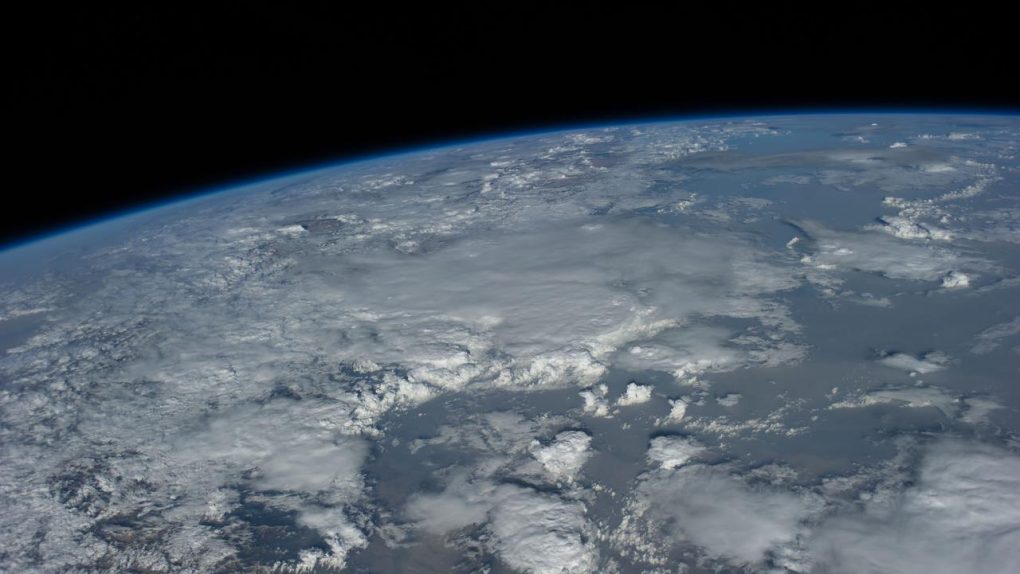- Researchers have examined the impacts of conservation efforts on animals that were nearing extinction as far back as 1993.
- The data suggests that anywhere between 28 and 48 species were saved from extinction thanks to various conservation programs.
- There’s still more work to do, of course, and there are plenty of species that are endangered or critically endangered today.
There are countless conservation efforts going on across the globe every single day, week, month, and year. Whether it’s a tiny fish or a massive elephant, researchers often identify major issues with species population numbers, and sooner or later, a conservation effort is (hopefully) launched. Sometimes the efforts fail or are inadequate or simply too late, and a species can’t be saved from extinction in the wild. Other times, however, conservation efforts do exactly what they’re meant to.
Now, in a new bit of research published in Conservation Letters, researchers crunched the numbers on many different species, comparing their progress over time and examining how conservation efforts have affected them. They found that up to 48 species across many animal groups have been saved since 1993, when certain laws were enacted to help empower conservationists to protect wildlife.
As the Guardian reports, tracking the “saving” of a species can be incredibly difficult and requires a lot of manpower and many data points. Because of that, some species can’t be declared saved with utter certainty even if the numbers show significant improvement. For that reason, the researchers have provided a broad estimate, suggesting that at least 28 species and up to 48 species have indeed been saved thanks to the efforts of conservationists.
The key to the research is the notion of preventing the extinction of a species. The species that were considered for the study had to have been classified as endangered, critically endangered, or extinct in the wild at any point since the start date in 1993.
“We compiled standardised information for these 73 species on their population size and trends in 1993, 2010 and in the latest assessment year, and on threats and conservation actions,” the researchers write. “We also summarised what we considered to be key arguments that the species would have gone extinct without conservation action. Taxon experts reviewed this information. Based on their feedback, we reduced the final candidate list to 39 bird and 21 mammal species for 1993–2020, and 23 bird and 17 mammal species for 2010–2020. Our resulting candidate list therefore represents a suite of species that we adjudge to have benefited positively from conservation actions at some point since 1993.”
There was definitely a bit of guesswork involved, as verifying the health of certain populations is difficult, but the researchers were conservative in their approach so as not to fluff up the numbers with claims that couldn’t be at least supported, if not fully verified.
It’s a mostly uplifting study, with the caveat that there are still so many animals on endangered and critically endangered lists that the work of conservationists is needed perhaps now more than ever.








